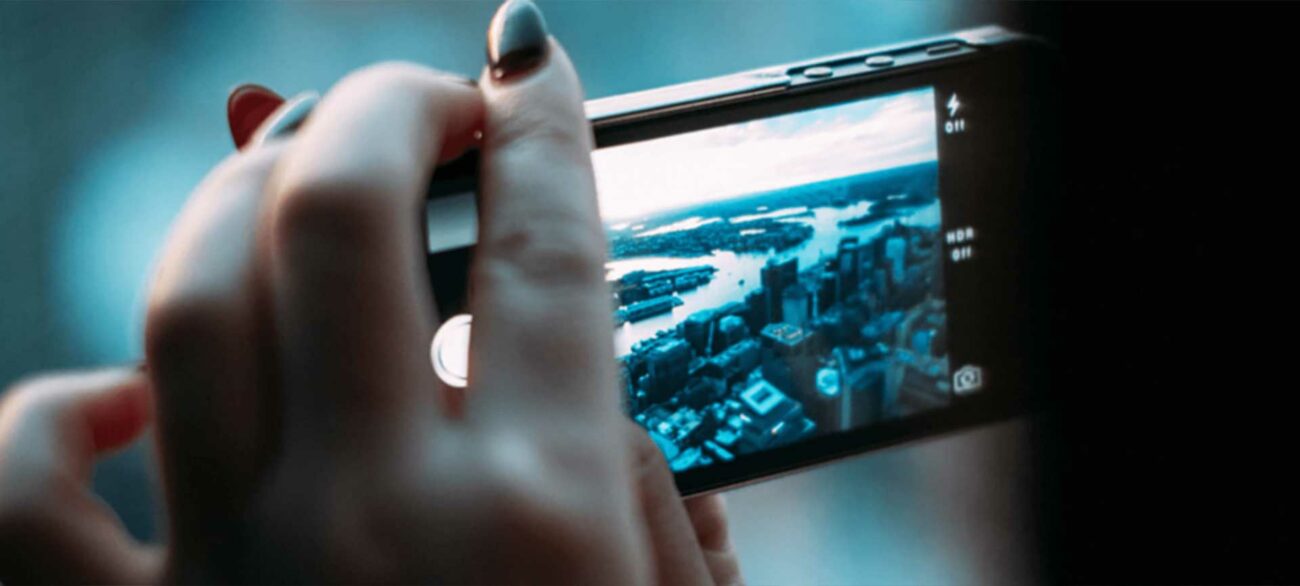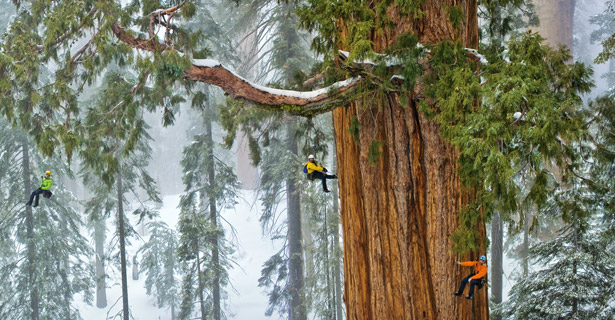Limitless experiential campaigns with virtual reality

Breaking free
Once upon a time, I freed my budgie during show and tell. I got the most receptive audience I’ve ever had. My rhetorical contribution is little remembered, but the thrill in the room long outlived that budgie.
In all those years between, only today have I been able to predictably recreate the same awestruck expression on a room full of professionals, and that's by uncaging the Oculus Rift.
The Oculus Rift is the forerunner of commercially viable virtual reality. From it's Kickstarter germination, to the 2 billion dollar Facebook acquisition, and newly minted partnership with Samsung; this piece of tech will soon make the future of virtual reality a ubiquitous and prosperous one.
It delivers a sensation so new but at the same time, accessible; it’s just far along enough to make the optimist believe the time for virtual reality near.
Thus to the point of this publication.
Anyone, with any story to tell – be it you, a brand advocate, or an artist, has a bright but closing window to deliver an experience unlike anything your audience has ever had.
It's applicable everywhere, and in our focus of digital marketing, we’re seeing explorations and applications beneficial for the following reasons:
- (For now) It's going to be the audience’s first and memorable experience of VR.
- Audiences can experience sensations as opposed to observing them.
- It’s already very accessible.
There’s a wide outlet of avenues to tell a story, but as the storyteller, you’re placed in an incredibly powerful position to an indebted audience. Which is why being innovative with new technology and “being first” to bring the experience is the most fleeting yet forceful reason to make the most of this opportunity with the Oculus Rift.
First and foremost, if someone has never had a virtual reality experience, you’re suddenly responsible for a sensation unique to all in their previous existence, and one they won’t soon forget. In our own work, we’ve been lucky enough to observe the awe and wonder from 65 year old librarians to 6 year old super heroes.
Second, this piece of tech by the very virtue of its nature has the potent and not very subtle ability to force your audience to feel. It works on the most basic of biological levels, this is the key to the technology’s longevity in our space and where your power as the storyteller lies.

Seeing the giant Sequoia trees in San Francisco is among one of the most awe inspiring testaments to nature I’ve seen. No photo, video, or poem I’ve since seen or heard remotely translates how monumentally small these red monsters make you feel. Their sheer otherworldly scale is the “unique value proposition” and one best translated using VR technology. Imagine standing in a shopping mall in Sydney and be instantly be transported to these ancient groves where you can feel the power of a thousand years of history towering above you.

The awesome power to make your audience feel apprehensively small or large is a simple example but easily hints the power of the new tool, if your stories all about speed, make them feel speed, if its about power make them feel powerful.
Finally and most importantly, it’s commercially accessible for the experiential space.
Thanks to the renaissance in software practices and open source revolutions, the tools to construct these stories and it’s artists have been massing in numbers over the past decade. The Oculus Rift itself is already a very portable device and we’re already seeing iPhone 3D printed alternatives. Meaning that, for investments poured into 30 second TVC’s will be more worthwhile. Experiences can be recreated, shared, and downloaded worldwide.
I consider it a privilege of my time in this space to help shape and witness the potential of these experiences, enough to see its sustainability and value first hand. If you want to provide your audience with a memorable experience – here’s your chance, but be quick, cause your time is running out.







